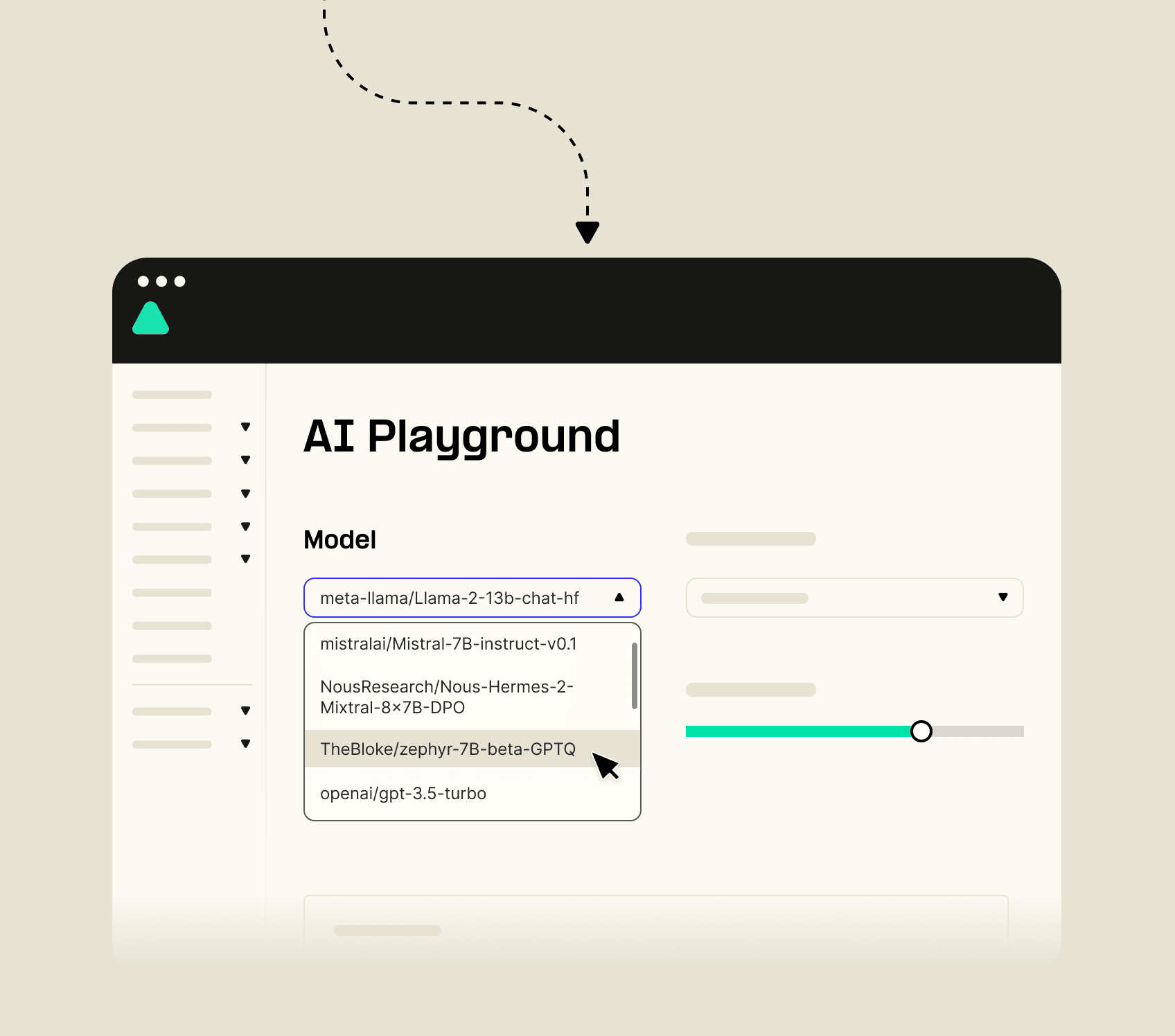GPT-4 Omni
Update and optimize your workflows with AI that excels across multiple modalities.

GPT-4o sets the bar high with lower Word Error Rates (WER%) across various regions compared to Whisper v3. It also surpasses models from Meta, Google, and others in CoVoST-2 BLEU scores. This model offers superior quality in several areas compared to its predecessors.
| License | openai |
|---|---|
| Context window(in thousands) | 128000 |
Use cases for GPT-4 Omni
- Customer Support Automation: Streamline responses to common customer inquiries, reducing wait times and enhancing user satisfaction.
- Real-time Language Translation: Provide instant translations for seamless global communication across different languages.
- Content Generation: Create high-quality content for blogs, articles, and marketing materials, saving both time and resources.
| Arena Elo | 1316 |
|---|---|
| MMLU | 88.7 |
| MT Bench | N/A |
GPT-4 Omni scores 1,287 on the Chatbot Arena Leaderboard, outperforming GPT-4 0314, which scores 1,186.
1316
1251
1248
1245
1206
What's Twitter saying?
- Customer Service Concept Demo: GPT-4o for customer service shows AI agents efficiently resolving claims. Joe Beutler shared his excitement about working with this state-of-the-art model, demonstrating its potential to transform customer interactions. (Source: @gdb)
- Educational Potential: GPT-4o is making waves in education by enabling real-time interaction and learning. Demonstrations have showcased its ability to revolutionize educational experiences with interactive AI learning tools. (Source: @gdb)
- Developer Experience Feedback: Denis Shiryaev highlighted some challenges with GPT-4o in coding tasks, including issues with prompt adherence and subpar code generation, pointing to areas for future improvement. (Source: @literallydenis)
Explore Our LLM Library
Discover the power and diversity of large language models available with Telnyx. Explore the options below to find the perfect model for your project.
Chat with an LLM
Powered by our own GPU infrastructure, select a large language model, add a prompt, and chat away. For unlimited chats, sign up for a free account on our Mission Control Portal here.
Get started
Check out our helpful tools to help get you started.
What is GPT-4o and how does it differ from previous models?
GPT-4o is OpenAI's new flagship model that innovates by integrating capabilities across audio, vision, and text in real time, making human-computer interaction much more natural. Unlike its predecessors, GPT-4o processes inputs and generates outputs across text, audio, and images, and boasts quicker response times, enhanced multilingual text understanding, and improved efficiency and cost-effectiveness in the API. For more information, visit the GPT-4o announcement page.
How can I try GPT-4o?
You can experience GPT-4o through ChatGPT and Playground, both of which are designed to showcase the model's capabilities. To try it, visit the ChatGPT application or OpenAI Playground. These platforms allow you to interact with GPT-4o in a contained environment, providing firsthand experience with its multimodal capabilities.
What are the capabilities of GPT-4o?
GPT-4o supports a wide range of capabilities, including but not limited to real-time translation, meeting assistance, educational tools like math tutoring, games, customer service simulations, and creative outputs like music and art generation. It's designed to perform well across various benchmarks in text, reasoning, coding intelligence, and now sets new standards in audio and vision understanding. For a detailed list, explore the GPT-4o capabilities section.
What are the improvements in GPT-4o over GPT-4?
GPT-4o introduces significant advancements over GPT-4, including the ability to process and generate multimodal inputs and outputs (text, audio, images), faster response times comparable to human conversation speeds, enhanced performance in non-English languages, and improvements in efficiency resulting in lower API costs. Additionally, GPT-4o offers better understanding and generation capabilities in the vision and audio domains compared to previous models. Detailed comparisons can be found in the Model Evaluations section.
Is GPT-4o available for developers?
Yes, developers can access GPT-4o through OpenAI's API, currently supporting text and vision models. The API offers improved efficiency, higher rate limits, and reduced costs compared to GPT-4 Turbo. OpenAI plans to extend API support to include GPT-4o's audio and video capabilities for a select group of trusted partners in the near future. For access and documentation, visit the OpenAI API page.
How does GPT-4o handle safety and ethical considerations?
OpenAI has designed GPT-4o with built-in safety measures across all modalities, employing techniques such as training data filtration and post-training refinement to ensure responsible usage. Additionally, OpenAI has engaged with external experts in various fields to identify and mitigate risks, especially those associated with the new audio modalities. The team continues to refine these safety measures based on ongoing evaluation and feedback. For more about OpenAI's approach to safety, check the Safety Overview.
What are the limitations of GPT-4o?
While GPT-4o represents a significant advancement in AI capabilities, it has limitations, including challenges in fully understanding complex audio-visual contexts, potential biases in generated outputs, and the need for ongoing refinement to address newly identified risks. OpenAI is committed to transparently sharing these limitations and actively working on improvements. For a comprehensive discussion of GPT-4o's limitations, refer to the Model Safety and Limitations section.
How can I provide feedback on GPT-4o?
OpenAI encourages feedback on GPT-4o to help identify areas where GPT-4 Turbo might still outperform GPT-4o and to support continuous improvement of the model. Feedback can be submitted through the OpenAI help center or directly within the platforms where GPT-4o is available, such as ChatGPT or OpenAI Playground.

